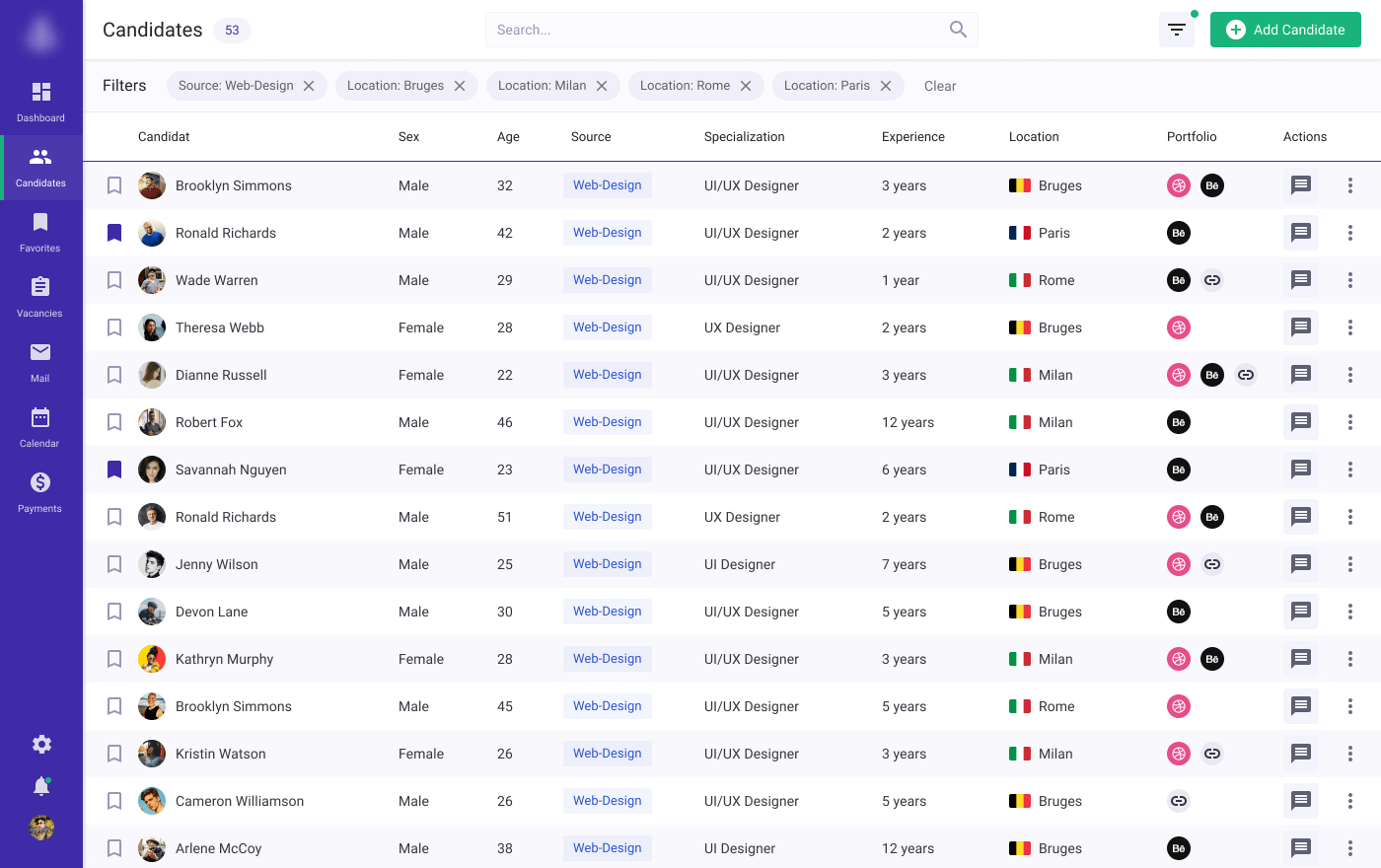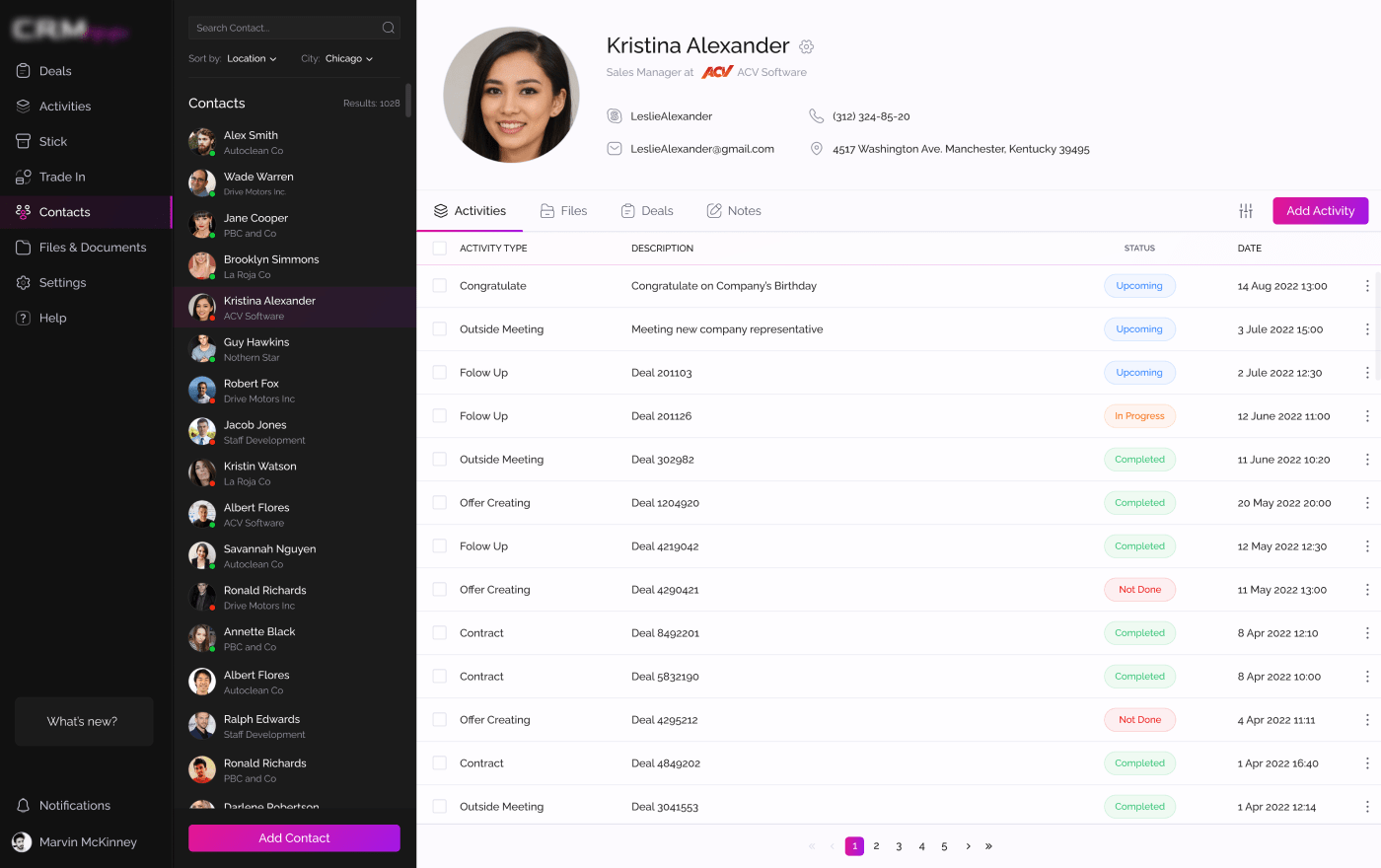Unless you are self-employed, you, for example as a business owner, have to deal with employees and ensure that your Human Resource (HR) department is able to perform all the required operations on time and professionally. Any company can face hard times when you have to fire your employees or when they leave you because of personal reasons. And, any company can have a spell of good luck when you are able to hire a lot of new and experienced employees.
In any case, the job won’t work itself out, and your HR staff will require a human resource management system. There are a lot of types of such software, including Human Resource Information System (HRIS), Employee Performance Management Software, Employee Engagement Platforms, Absence Management Systems, etc. A system can even include all at once or be specifically developed for a particular procedure. One of these specifically created systems is what we will talk about in our article. To be precise, we want to dive deeper into the specifics of an Applicant Tracking System (ATS). According to recent studies, 98% of Fortune 500 companies use ATS platforms on a regular basis. Therefore, let’s see what is so special about this type of system.
What Is the Primary Purpose of an ATS?
An ATS is a software solution that streamlines the recruitment workflow, offering features like resume parsing, candidate ranking, interview scheduling, and analytics. It optimizes most of the procedures related to the hiring process. This is a popular type of software among the HRM systems development services, and sometimes it can be added as a module into the HRM software.
ATS offers a great variety of benefits if you decide to use it for your business. Besides the simplification and optimization of the recruitment process, it also offers increased efficiency, improved applicant experience, centralized application management, and enhanced employer branding: If diving deeper, it brings the following advantages:
- ATS simplifies and speeds up the hiring process by automating tasks like job posting, resume screening, and interview scheduling;
- ATS fosters teamwork and communication among the hiring team members and centralizes all applicant information in one place;
- ATS shortens the hiring time and improves the hiring efficiency and effectiveness by measuring and optimizing key metrics;
- ATS boosts the employer brand and hiring experience, and helps to draw and keep the best talent in the market;
- ATS follows the legal and ethical best practices and minimizes the risk of hiring bias and discrimination.
If you have an ATS, the process will be working the following way:
- First of all, a job requisition enters into the ATS.This requisition includes information about the position, desired skills, required experience, etc.
- The ATS then uses this information to create a profile for the ideal candidate.
- The ATS analyzes, categorizes, and scores the resumes of applicants according to how closely they fit the profile.
- Afterwards, hiring managers easily spot the best candidates and advance them to the next stage of the hiring process.
To better understand how this module can be useful for your company, let’s look at the features it usually has. Some of the features that an ATS may have are the following:
- Job posting and distribution to multiple channels;
- Resume parsing and screening;
- Applicant matching and ranking;
- Interview scheduling and feedback;
- Onboarding and employee engagement;
- Analytics and reporting.
An ATS is useful for businesses that want to simplify and optimize their recruitment process. Let’s have a more detailed look at some of the ATS features to have a clear idea of what this type of software can offer your team:
- Job posting
This feature allows your HR managers to create and publish job ads on various platforms, including your own careers page, job boards, social media, or email campaigns. They are also able to customize job descriptions and requirements to attract the right candidates.
- Careers page
This tool allows your hiring team to create and maintain a branded careers page on the company’s website, where you can showcase your company culture, values, and benefits. One can also embed job openings and application forms on the careers page and optimize it for mobile devices and SEO.
- Applicant tracking
This one enables HR staff to track and organize the applications your company receives. With the help of AI technologies, it can also automatically move them through different stages of the hiring process. Moreover, it helps to filter, sort, and search candidates based on various criteria (skills, experience, location, status, etc.).

Source: Web-Based Human Resource Management System
- Messaging/Chat
With this feature, it is possible to communicate with applicants via email, chat, or phone, and send automated messages or reminders. Your employees can also personalize those messages and create templates to improve the response rate.
- Interview organization
As for this feature, it helps to schedule and conduct interviews with candidates, either online or offline. Whether it is a part of the HRM system or you have separate software, it can assist in creating and sharing interview kits, questions, feedback forms, and scorecards with the hiring team. By adding online scheduling and booking tools, you will also be able to sync your calendar with the ATS.
- Analytics
Being able to analyze the processes happening in the team is vital. Therefore, your ATS may also include the feature that provides you with data and insights on the hiring performance. Your team can also create reports more easily and export them when needed. Proper data visualization in this case will be of great help, because dashboards help to measure and improve your hiring outcomes.
- HRIS integration
Usually, companies integrate ATS with the HRIS (Human Resource Information System) or other software tools to achieve better performance. This way, it is possible to seamlessly transfer applicant data and documents from your ATS to an HRIS to avoid manual errors and data duplication.
So, as you can see, ATS is all about the job application process, which is its main purpose.
Is ATS Different From CRM?
Often, when hearing about ATS, you can also find out that it is compared with CRM. But is it the CRM most of us are thinking about? Let’s figure out!
When one hears about CRM, they may think about several things. First of all, Customer Relationship Management software. This is one of the most popular answers to “What is CRM?”, which is not a surprise, because businesses usually have customers that they need to deal with, and therefore, they often search for the companies that offer CRM Software Development Services.
We can support this statement, because our company is often asked to develop a CRM system, and we gladly and successfully complete this request for businesses from different industries. For example, here is one of our solutions that we built for one of our customers:

But, this is not the only option you can run into. Also, there is a Candidate Relationship Management (CRM). And this system is deeply related to the HRM software family. A Customer Relationship Management system helps to manage customer data. It supports sales management and delivers actionable insights. Besides that, a CRM system can be integrated with social media to facilitate team communication. CRM systems can also be cloud-based and offer complete mobility and access to an ecosystem of all HR-related apps of the company.
So, are ATS and CRM completely different systems?
The main similarity of ATS and CRM is that they are both HR-related software tools. They help the HR team with the hiring process. However, they have different functions and features. Here are some of the main differences between an ATS and a CRM:
ATS is created to manage the entire hiring process
From posting jobs to onboarding – every step in the whole hiring process is automated. ATS also makes different tasks easier, like resume screening, interview scheduling, and background checks. It supports the hiring team to choose the best candidates for the open roles and track their advancement through the hiring stages.
CRM is used to build relationships with candidates
With CRM, you can easily build connections (both with existing and potential candidates). The system also assists you to form a reservoir of talent for future hiring needs. It helps to lure, engage, and communicate with candidates regularly. A CRM is used for retaining and growing top talent. It can also enhance your brand awareness.
![]()
As you can see, both systems have their own worth and flaws. In a nutshell, an ATS manages the functional and procedural aspects of hiring, while a CRM covers the strategic and advertising aspects of hiring. Both tools are beneficial for a successful recruitment strategy, and they can collaborate to improve the hiring process for both sides.
Read Also Clash of the Libraries. Building a Data Dashboard with React, Vue.js, and Webix
Conclusions
As you can see, ATS is a really useful module or system, depending on how you integrate it into your business processes. Most companies implement ATS into their existing HRM or other software to omit switching between different apps. This can be really useful, however if you are a small business that just started growing, maybe developing an individual solution will be better.
It is up to you what to choose, but in any case you can contact us to know how we can help you develop a relevant system, integrate it into the existing one, or modernize to let it finally fit modern standards.